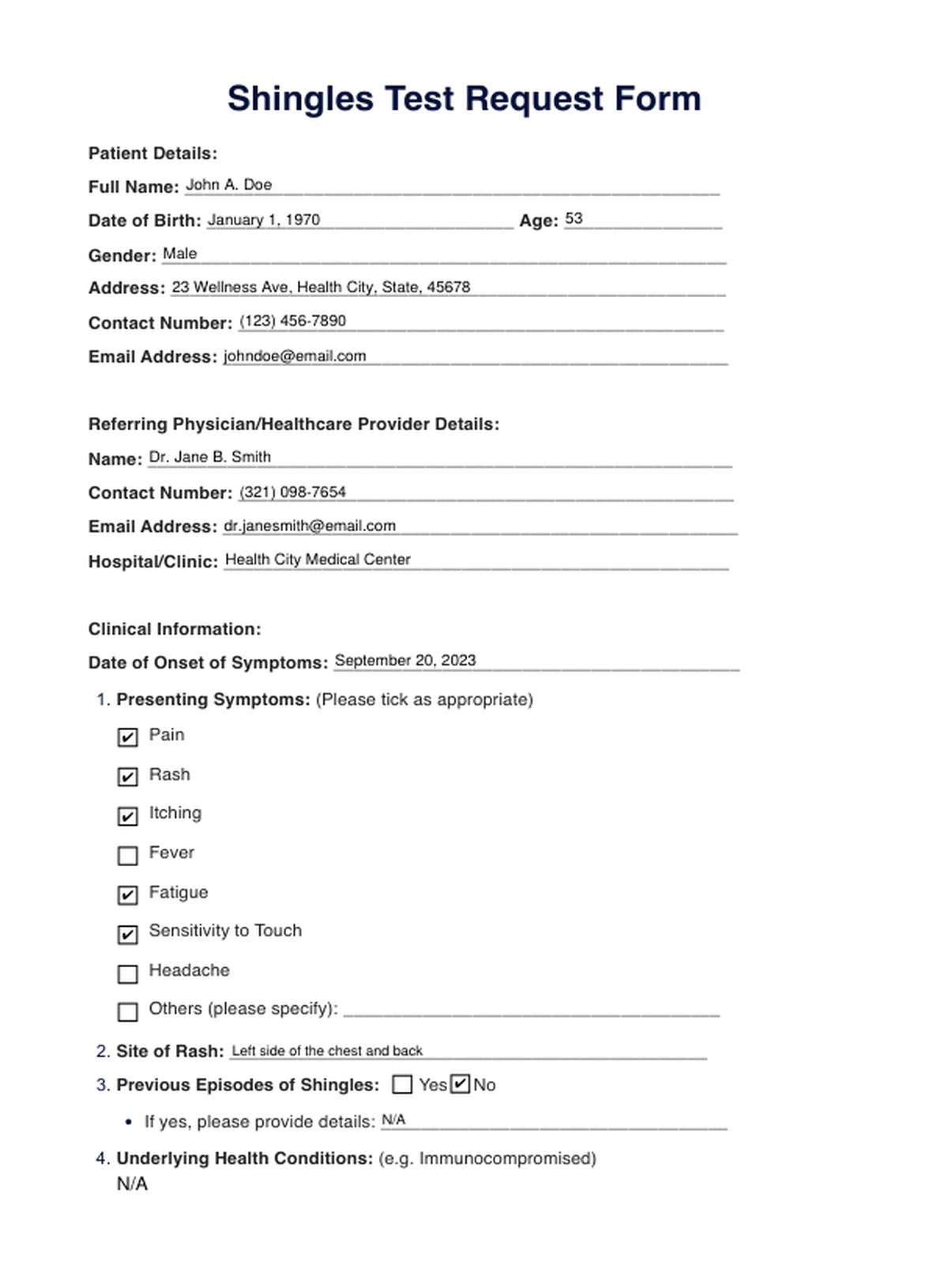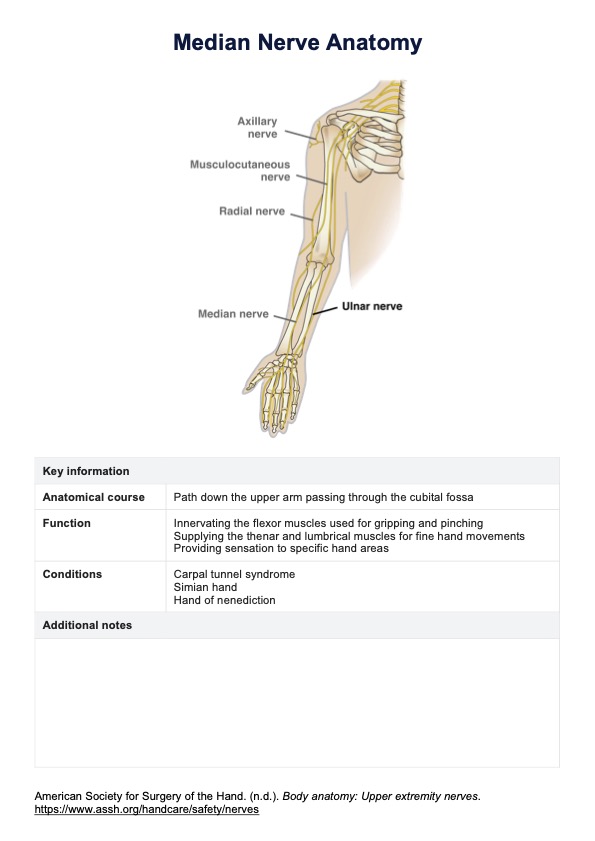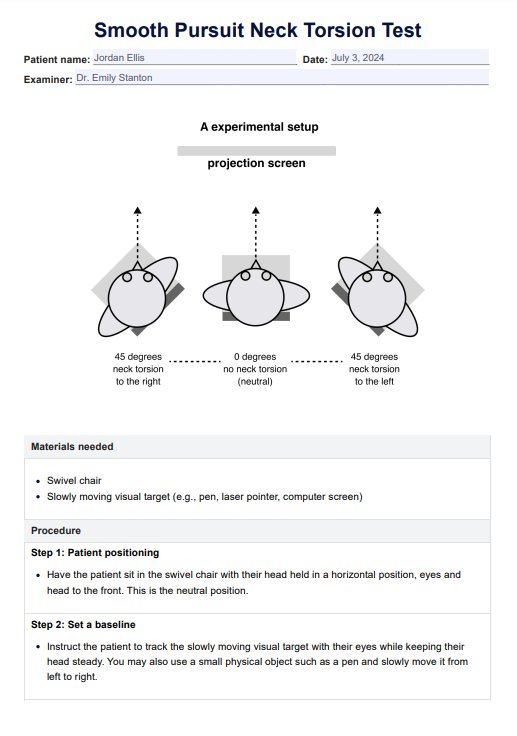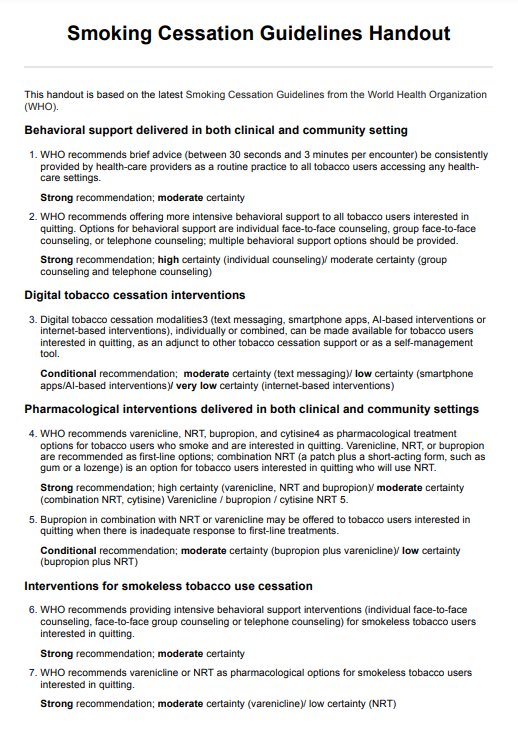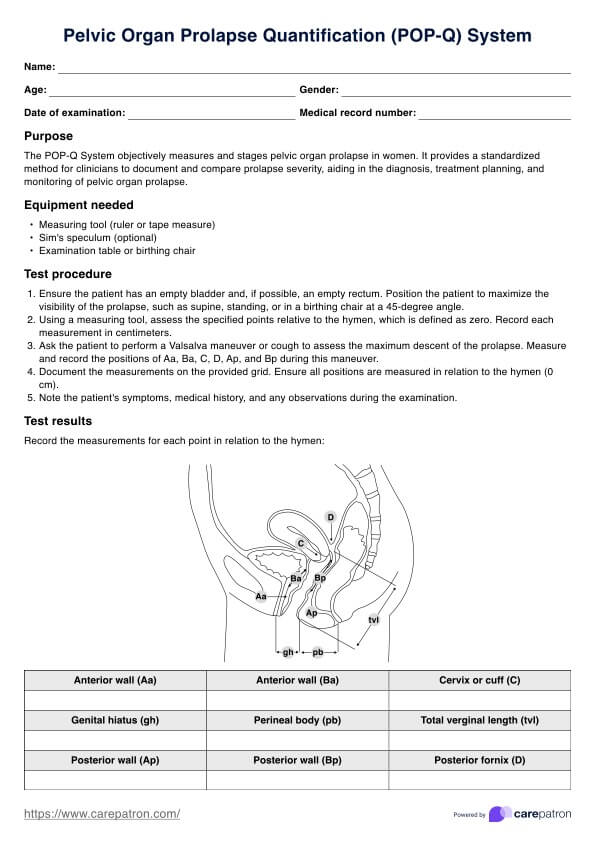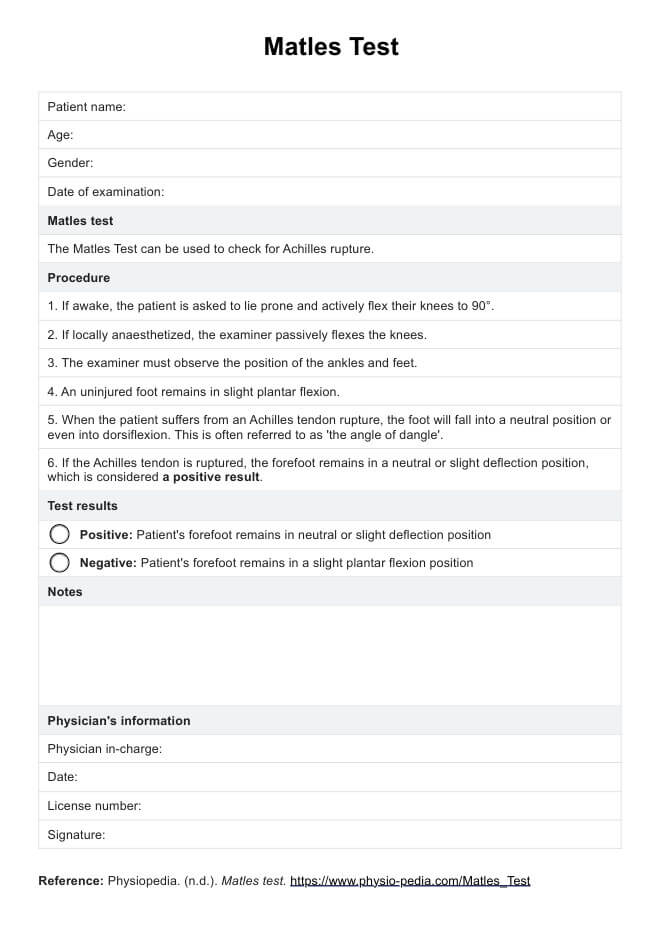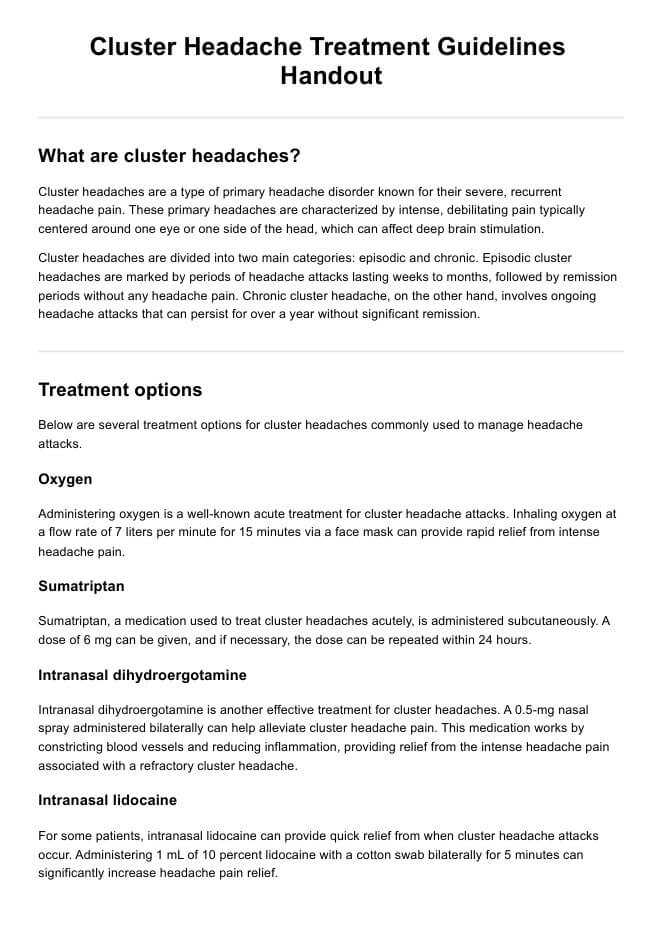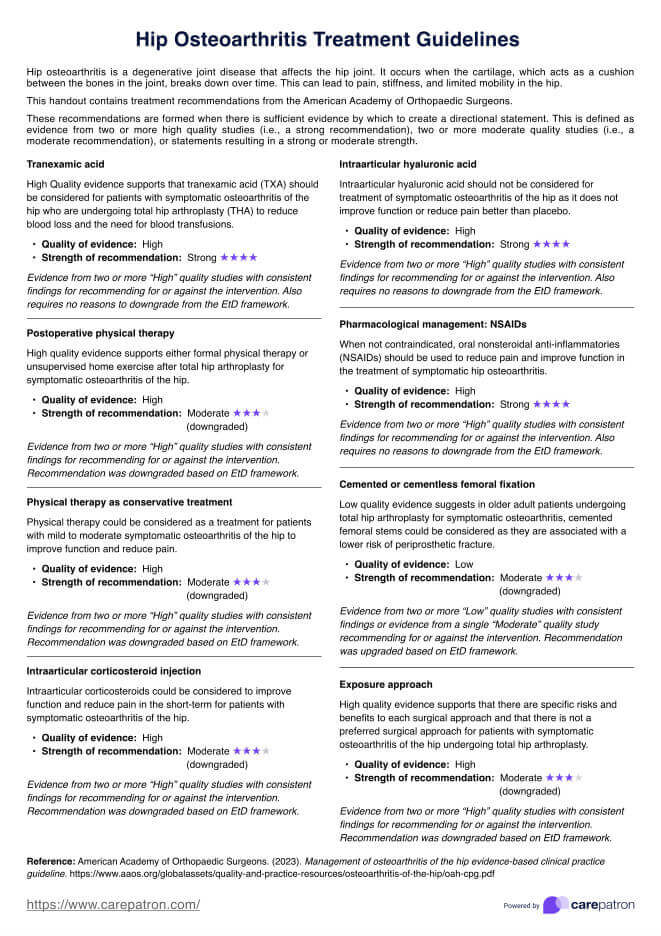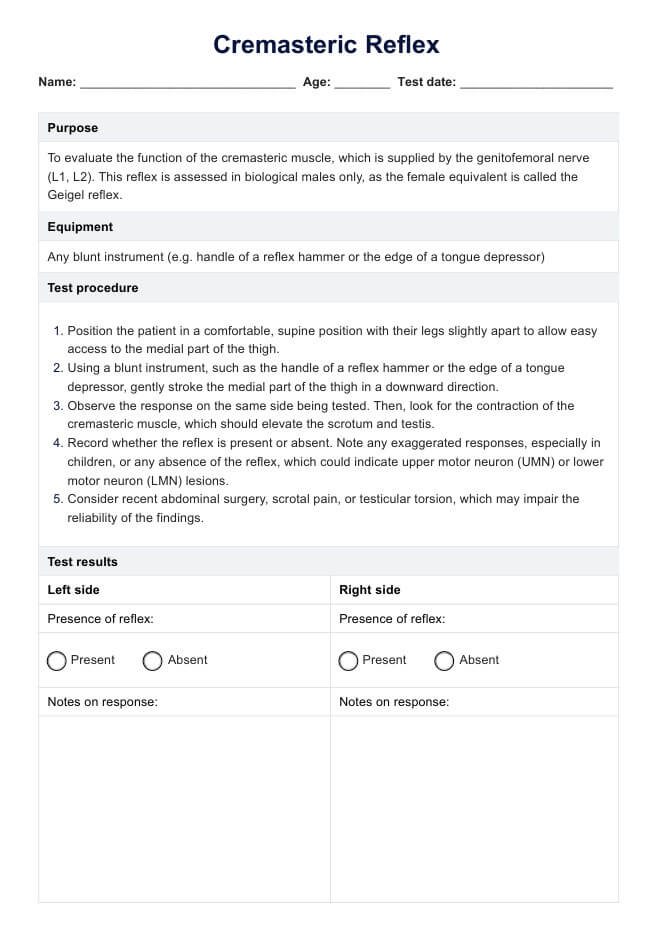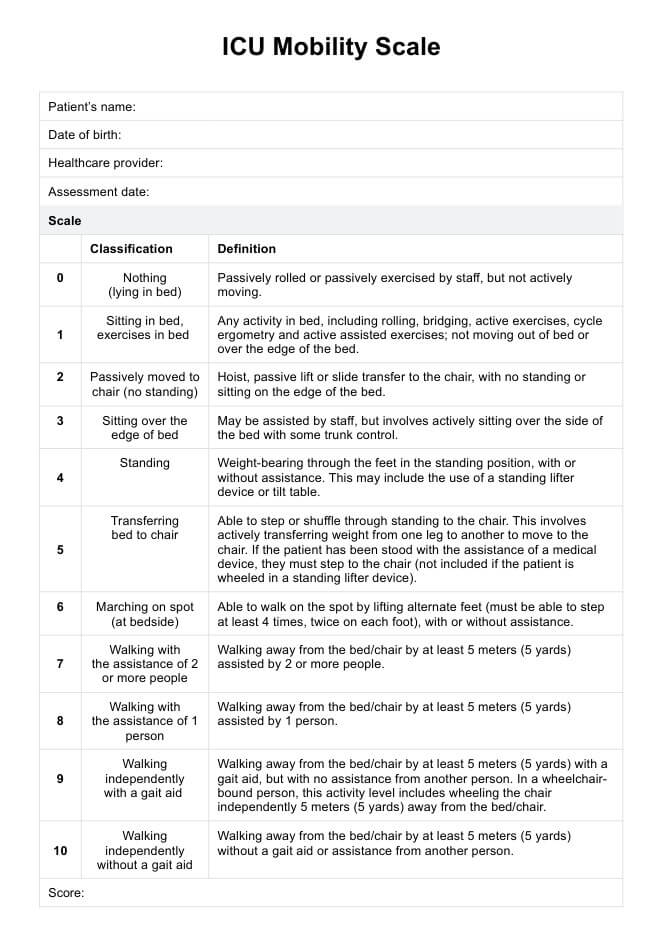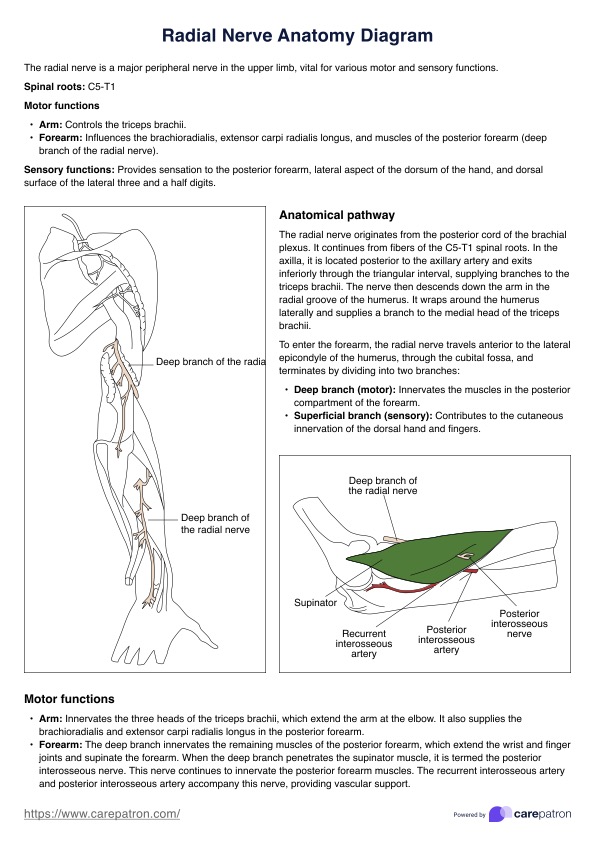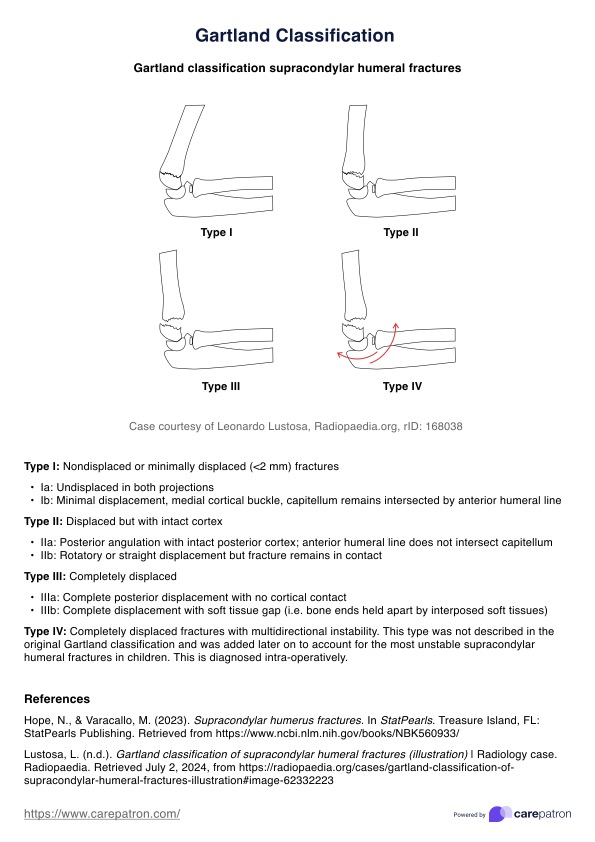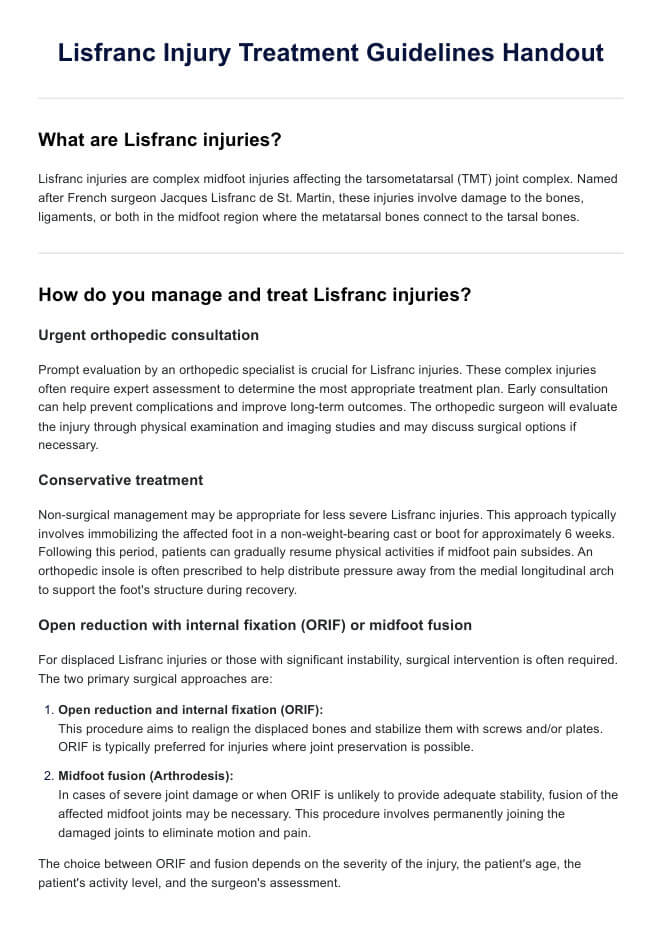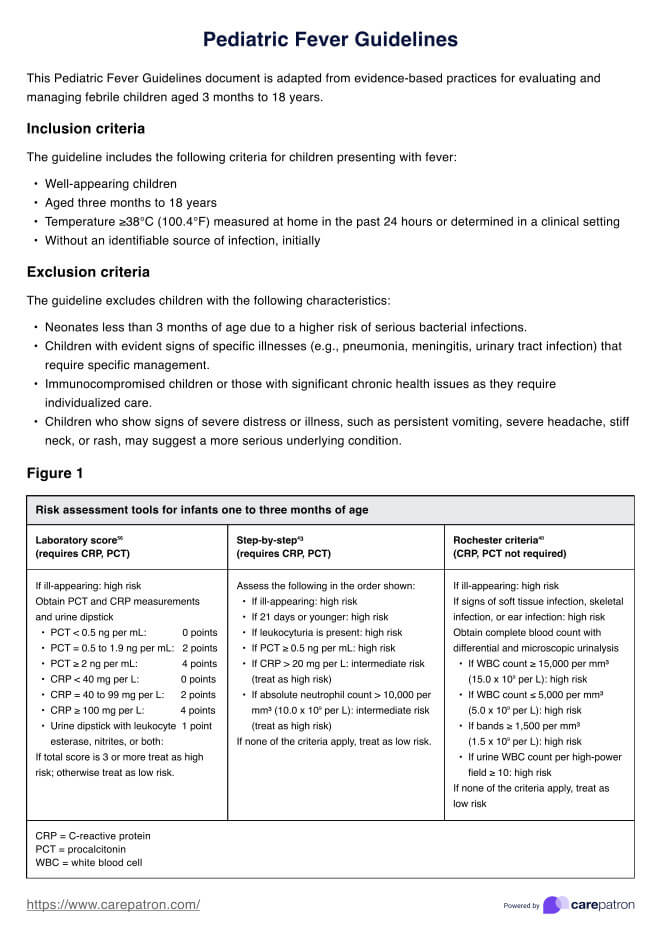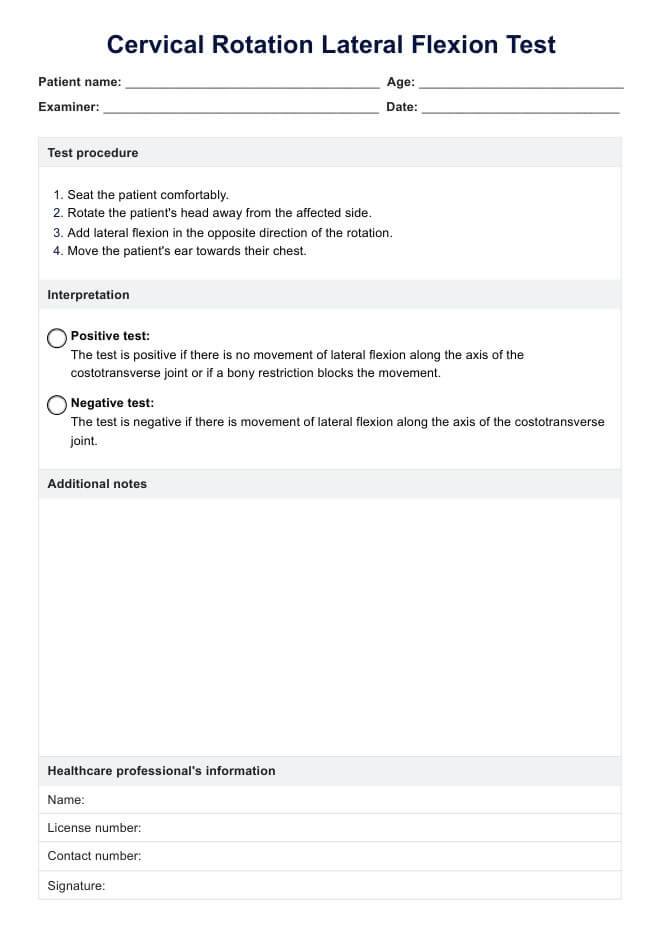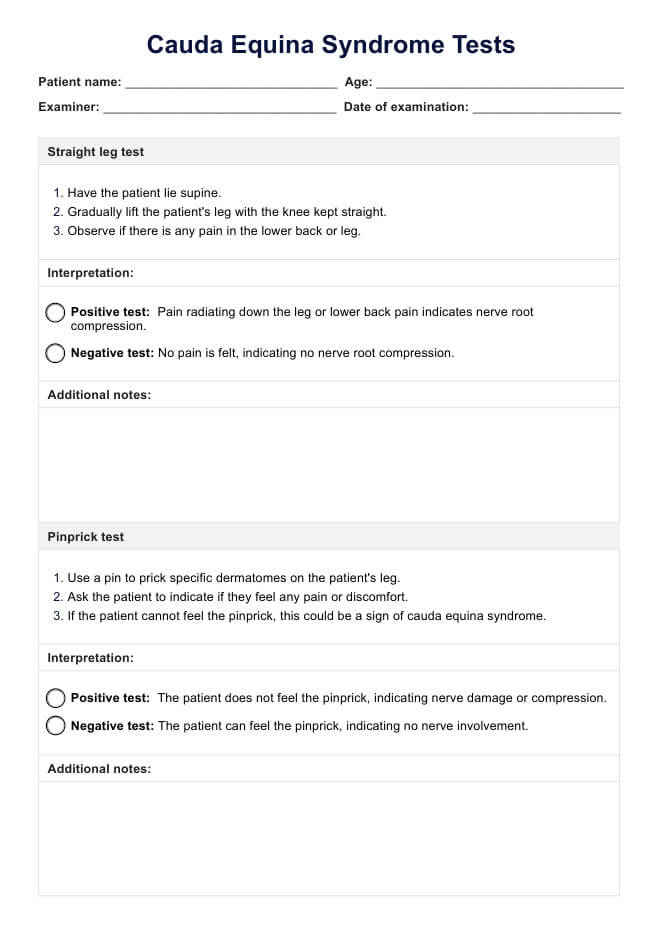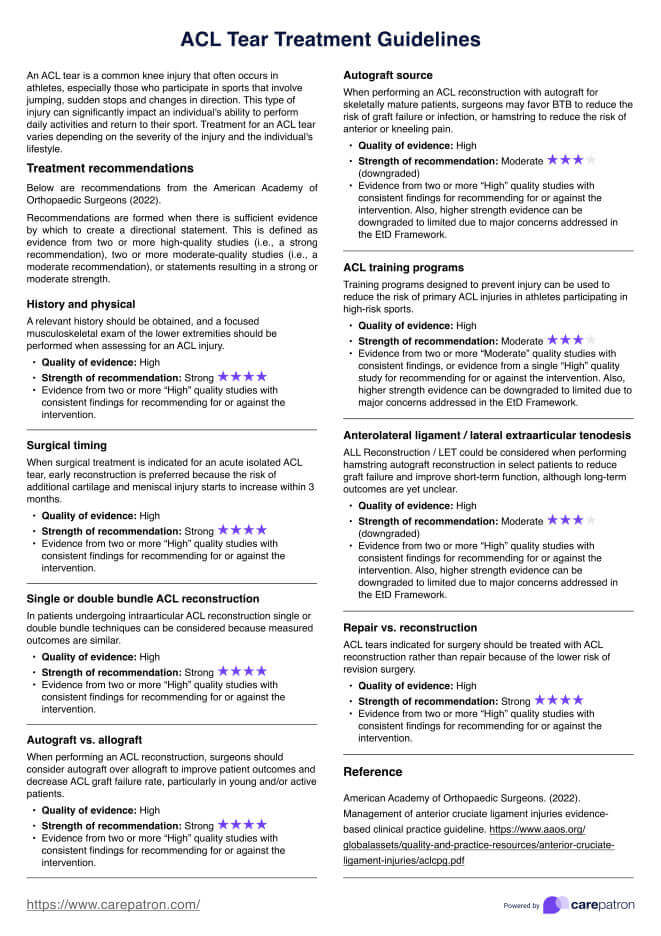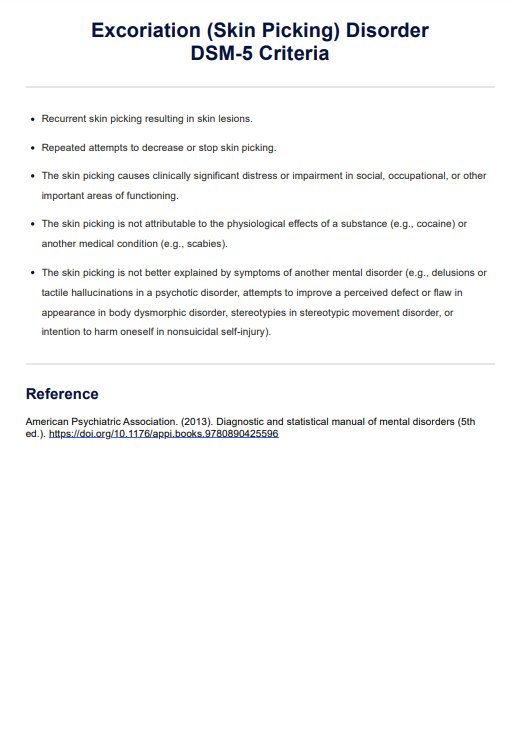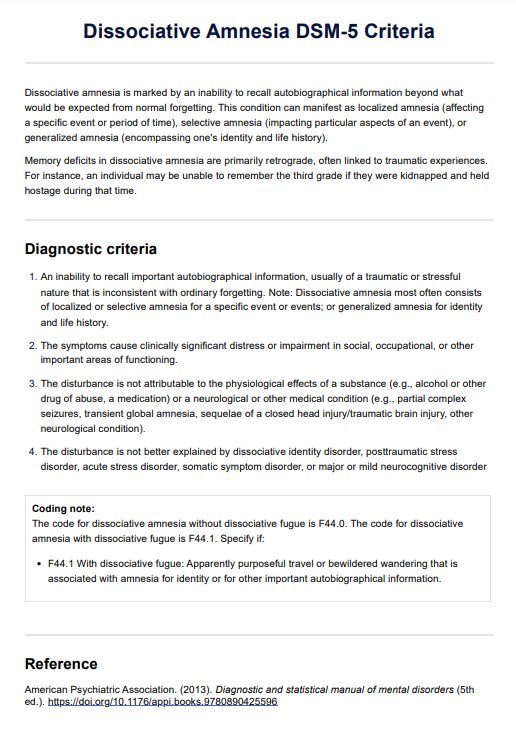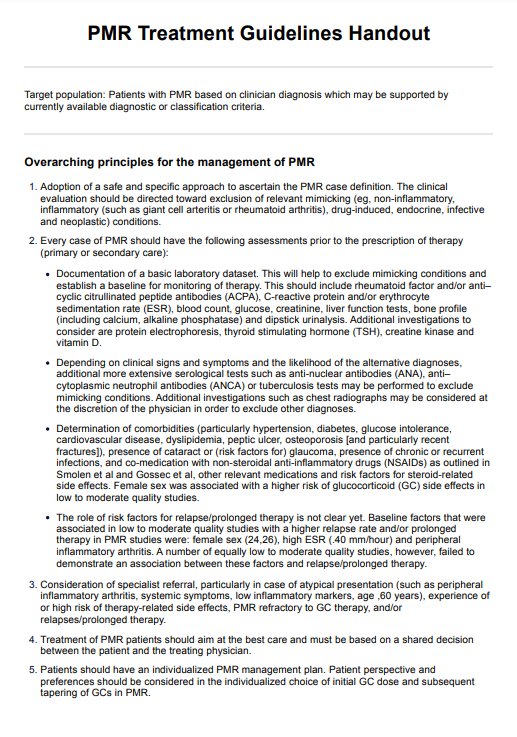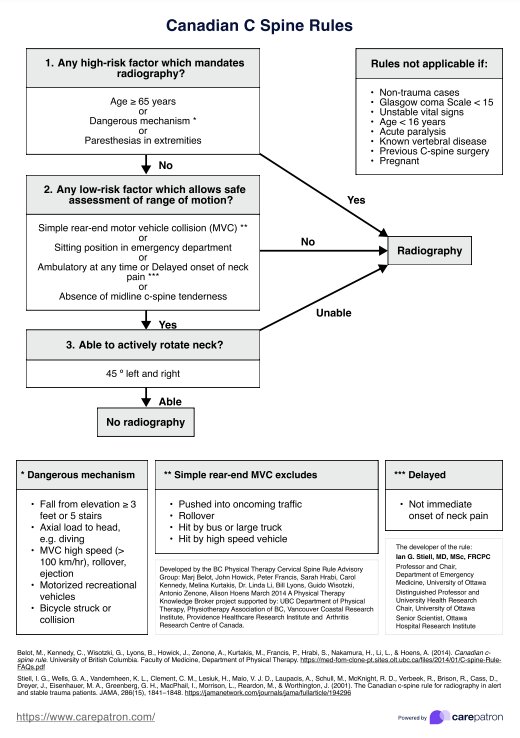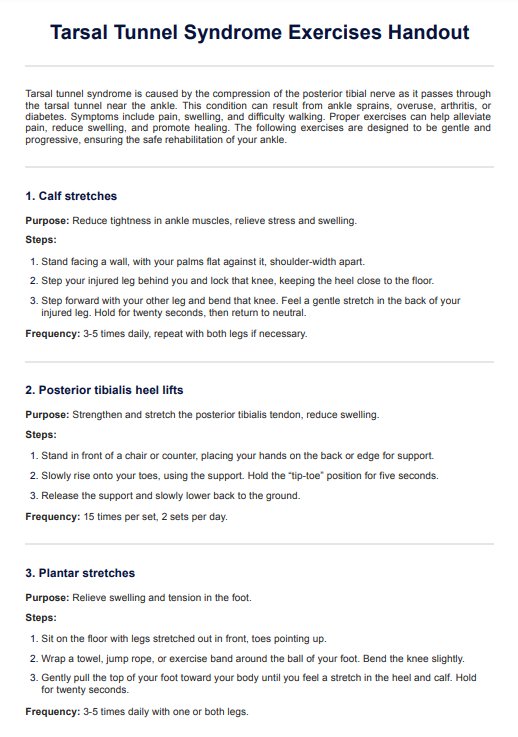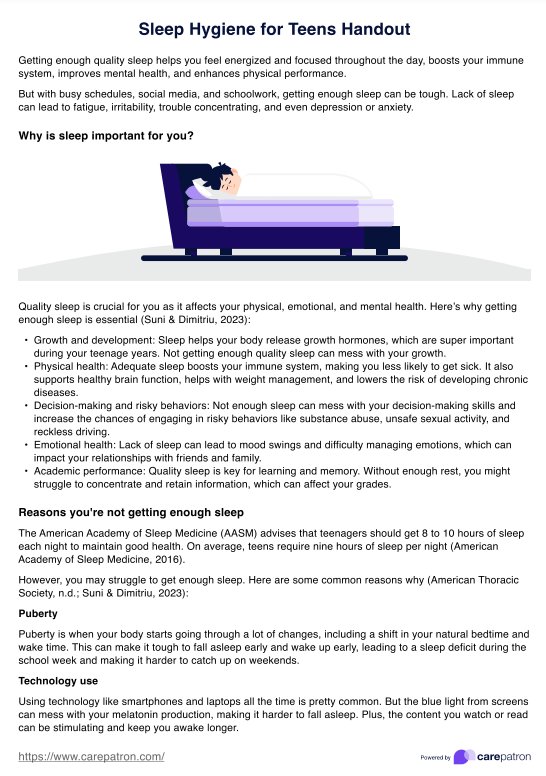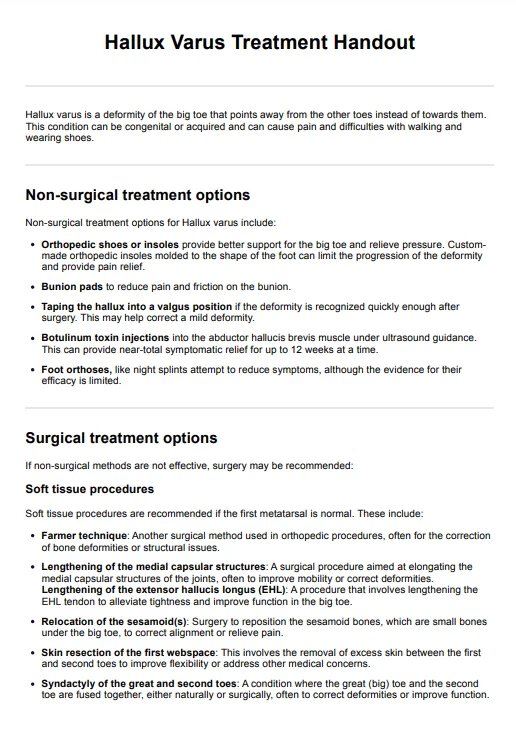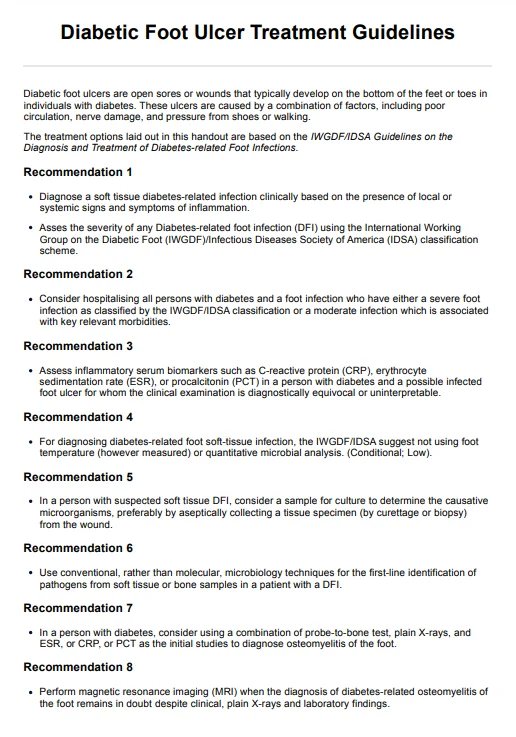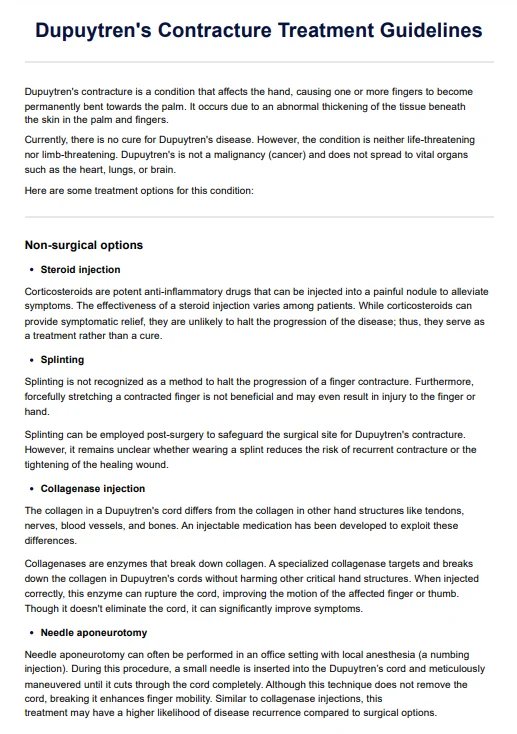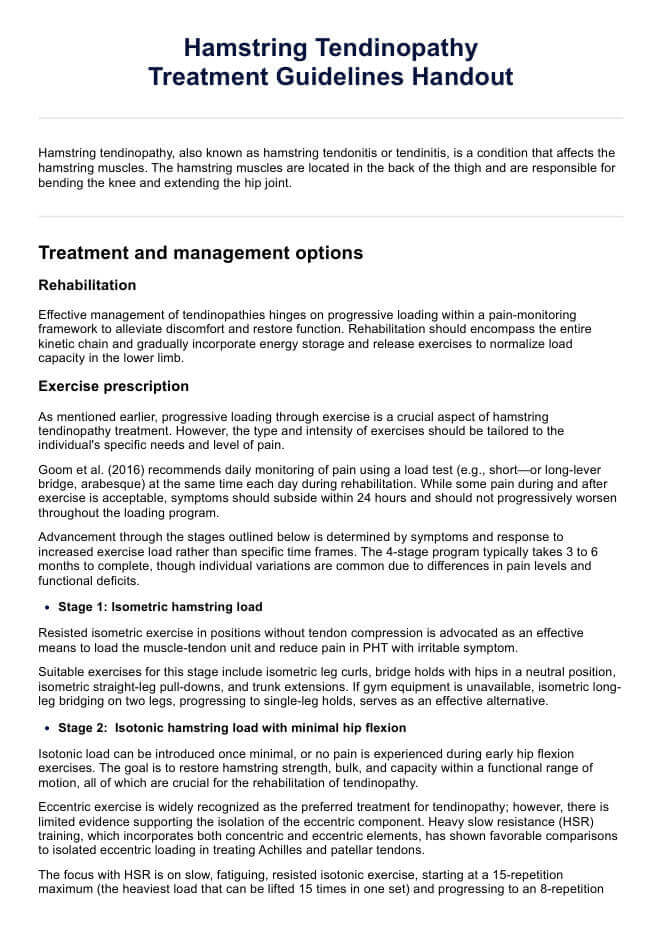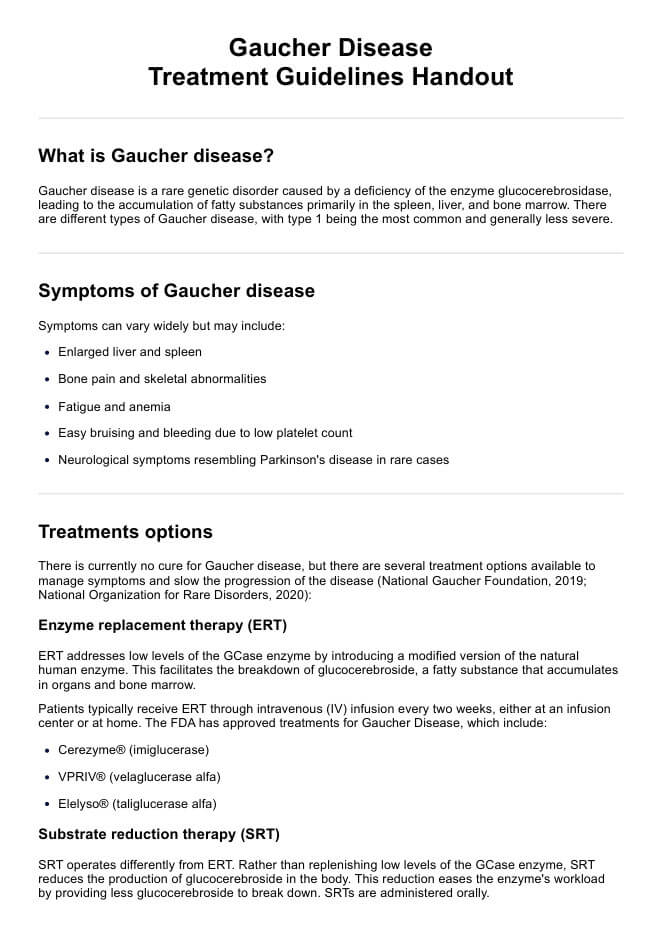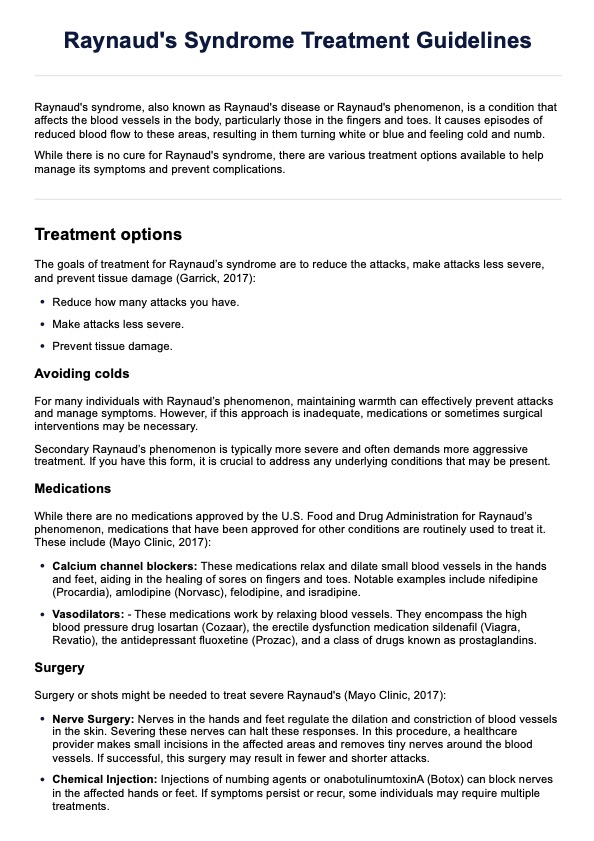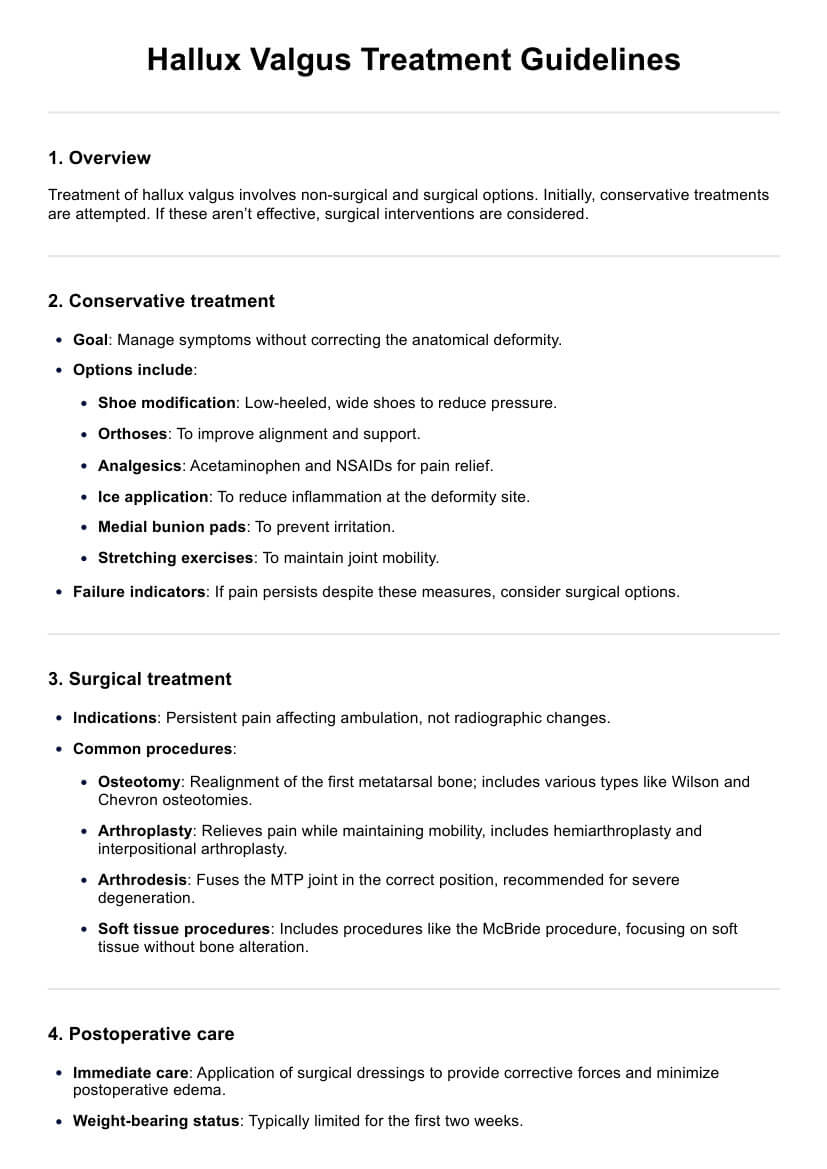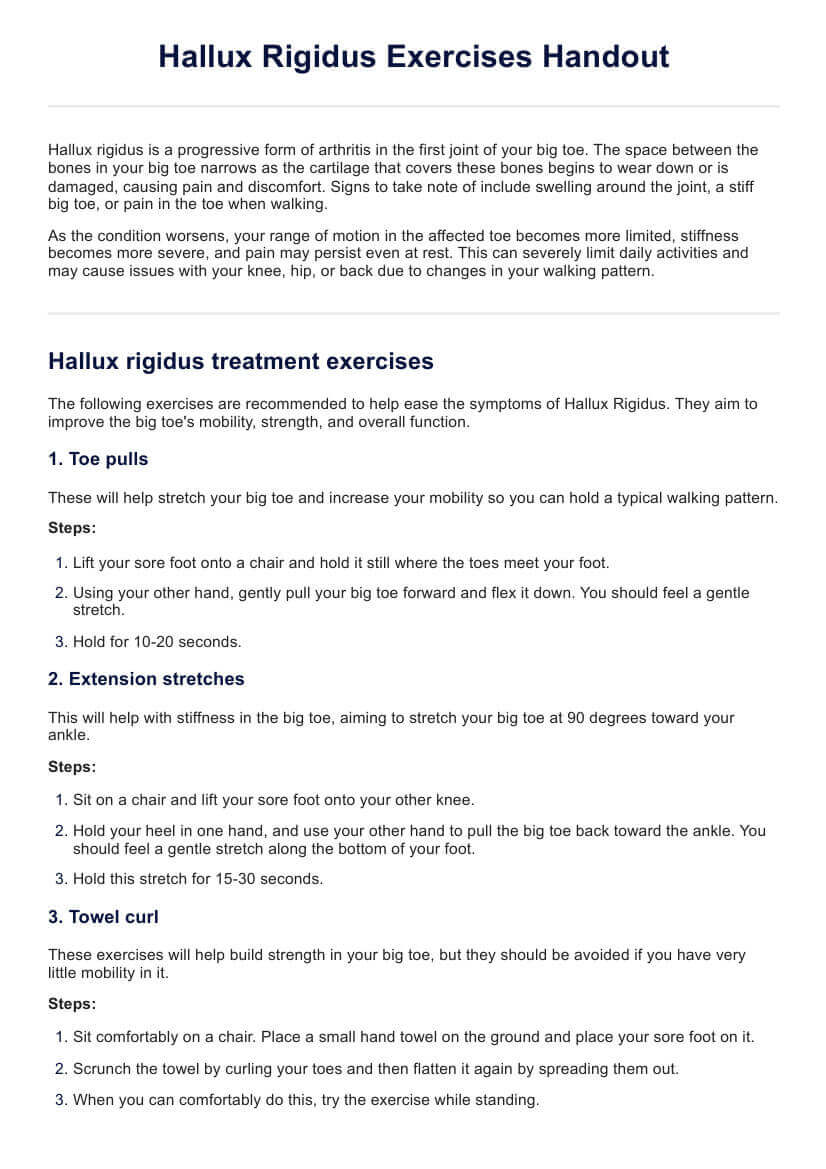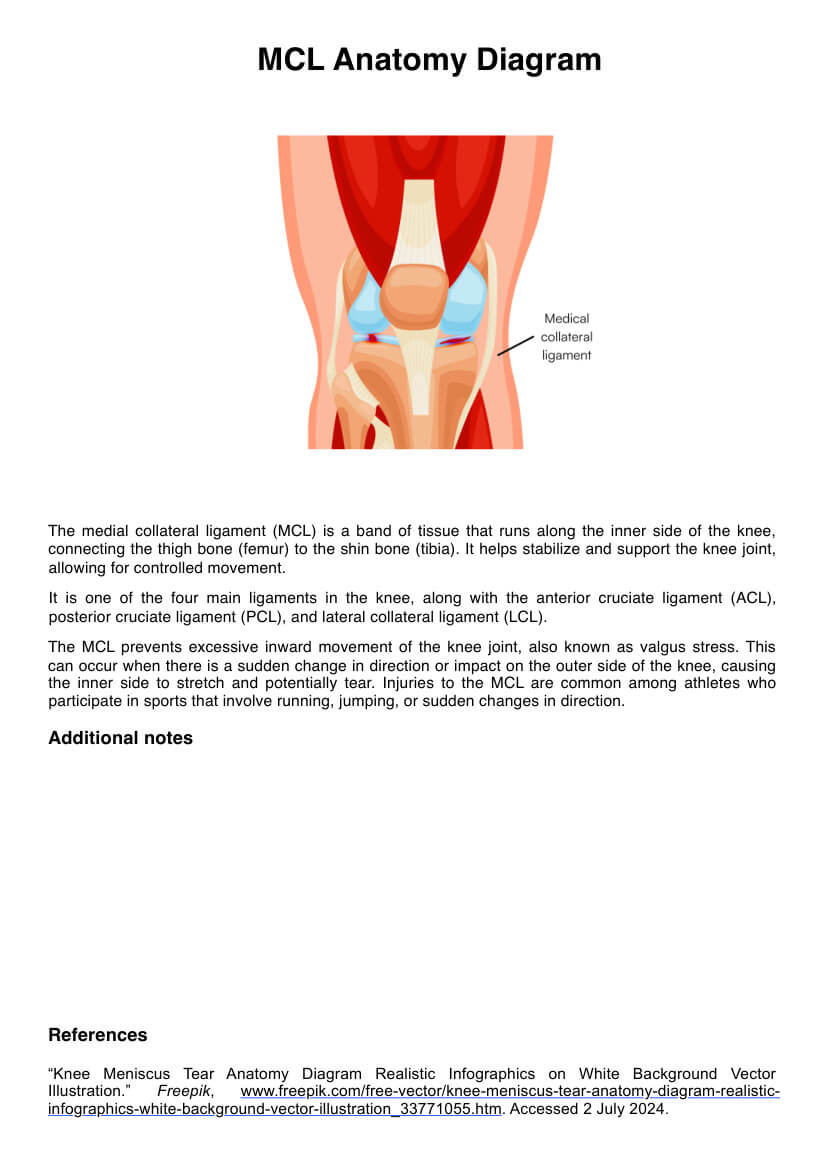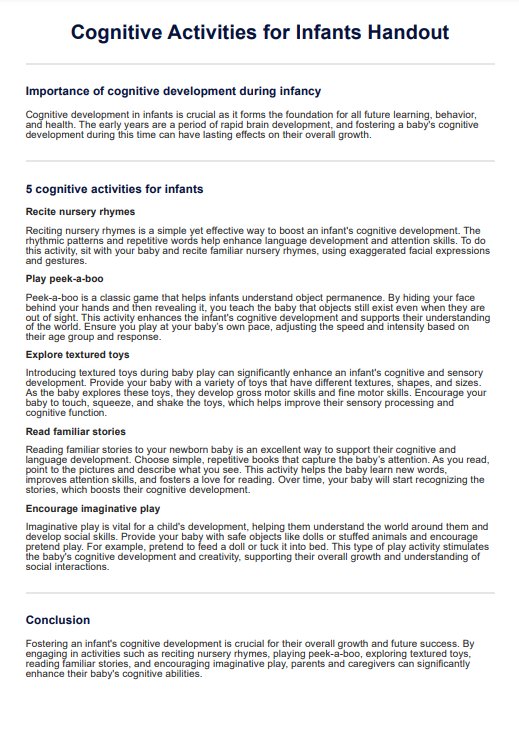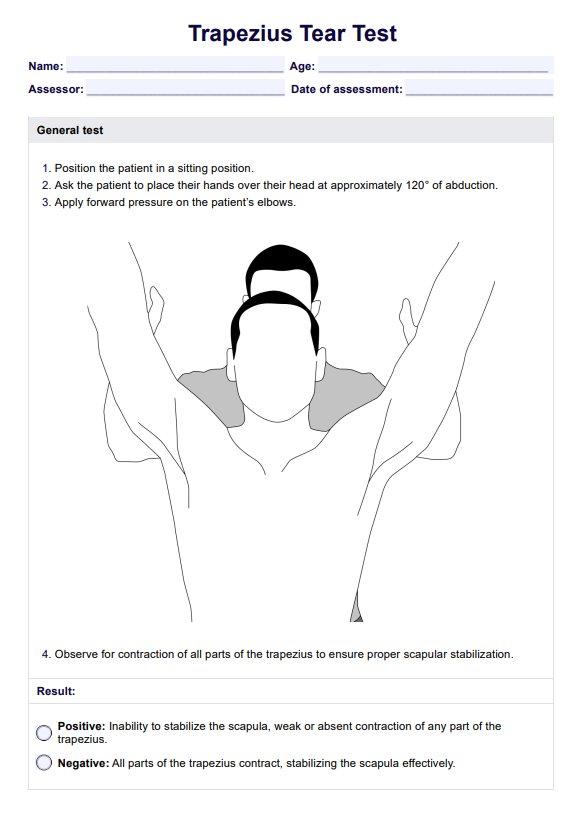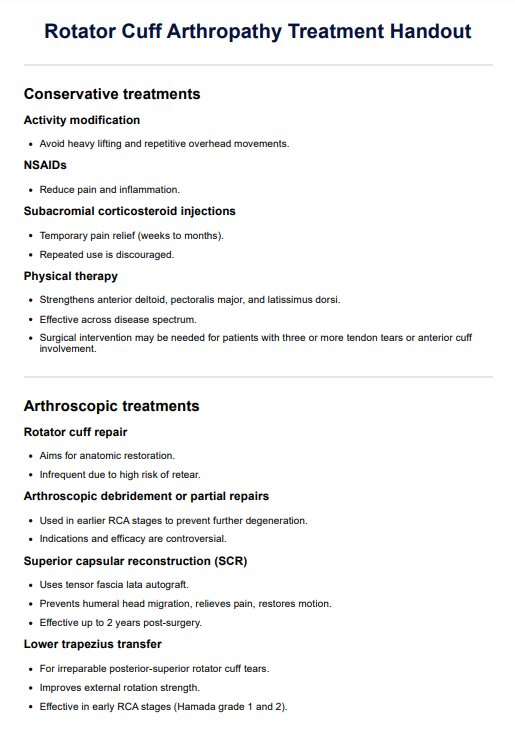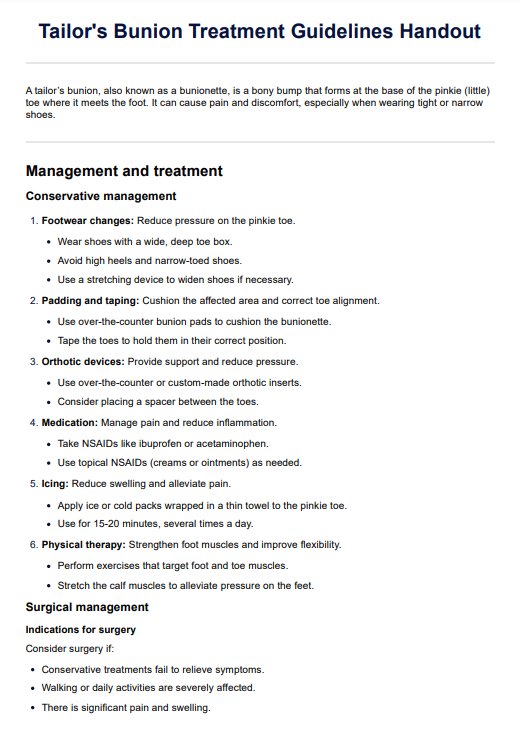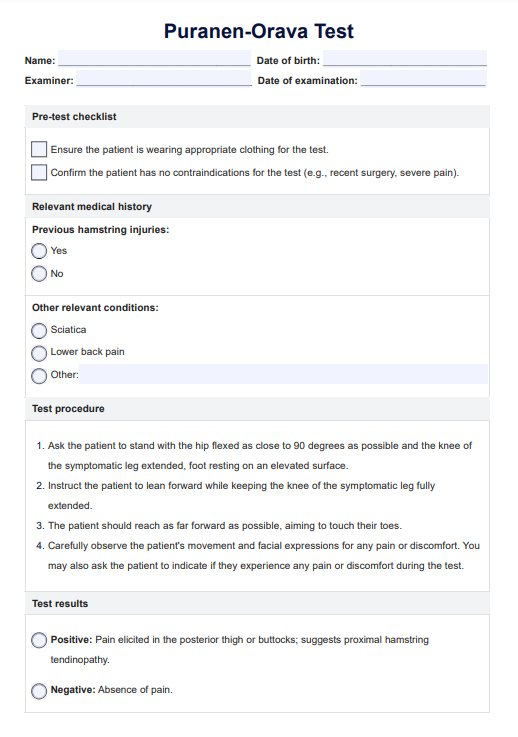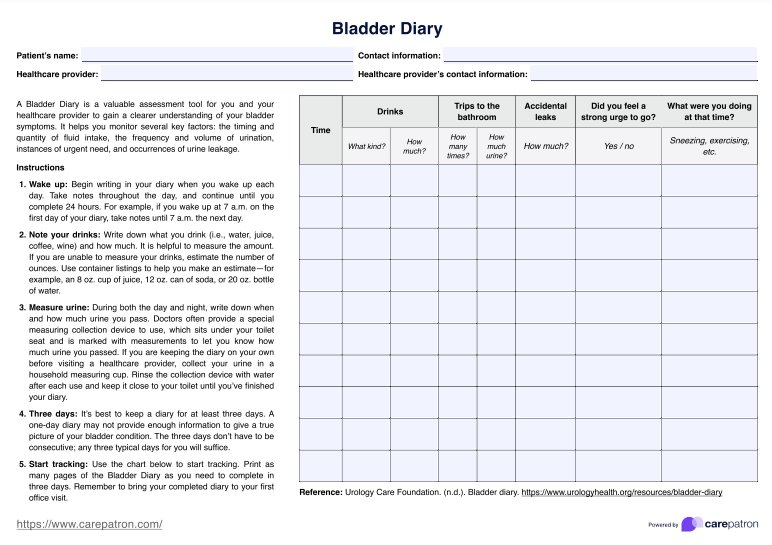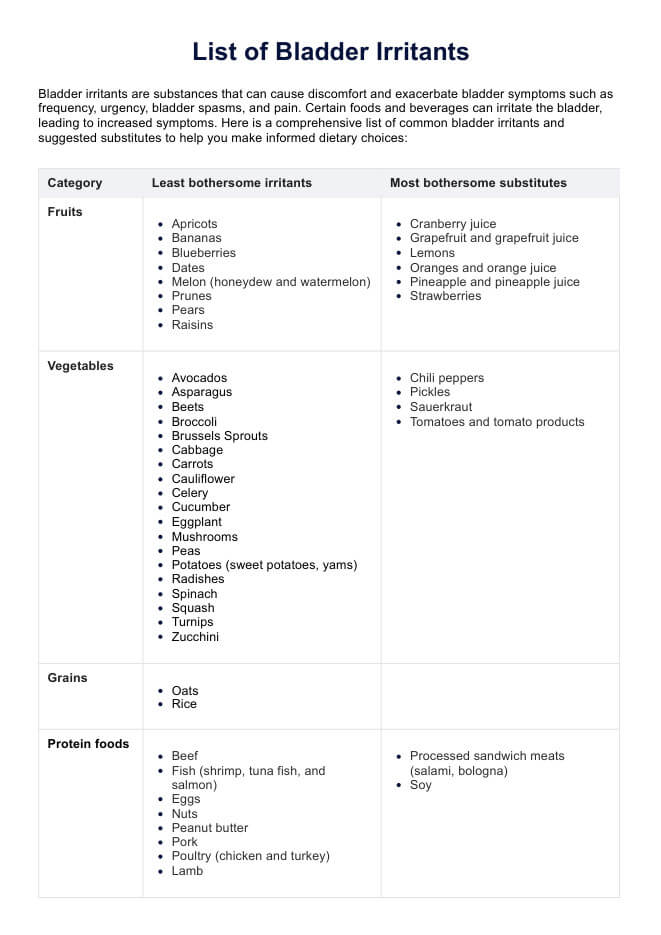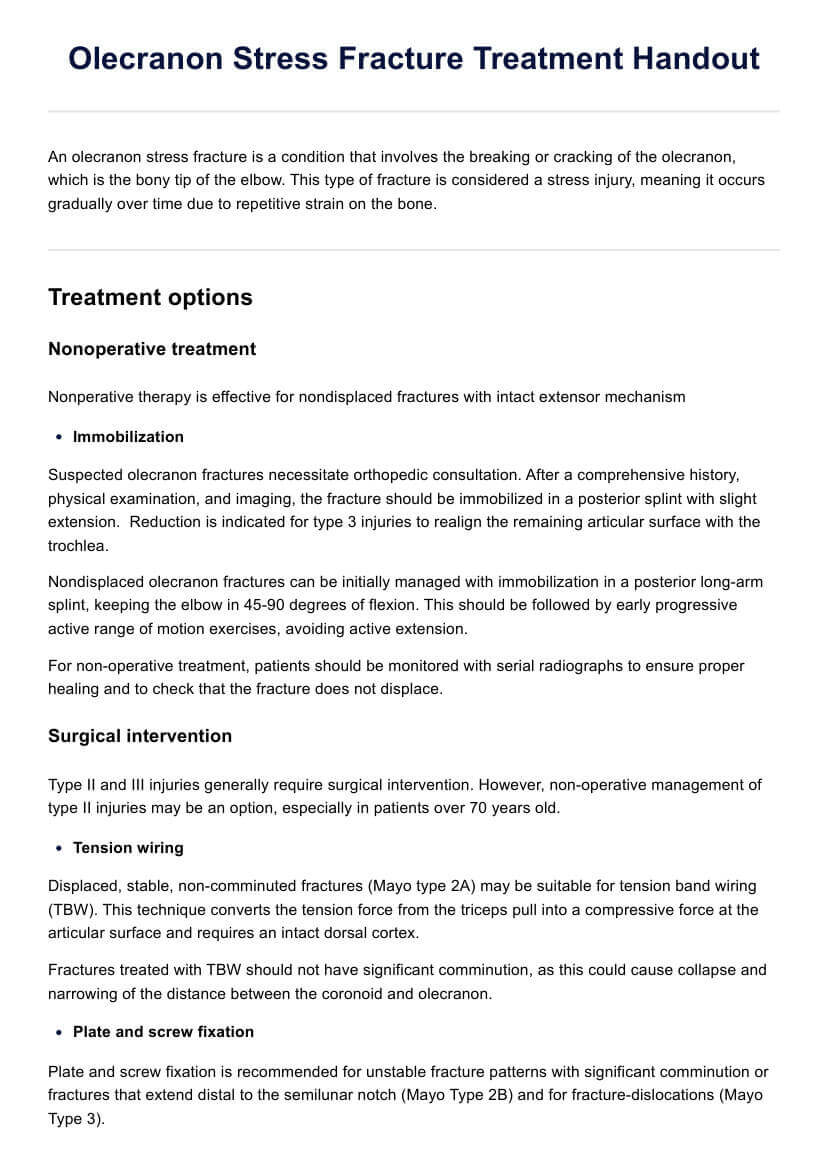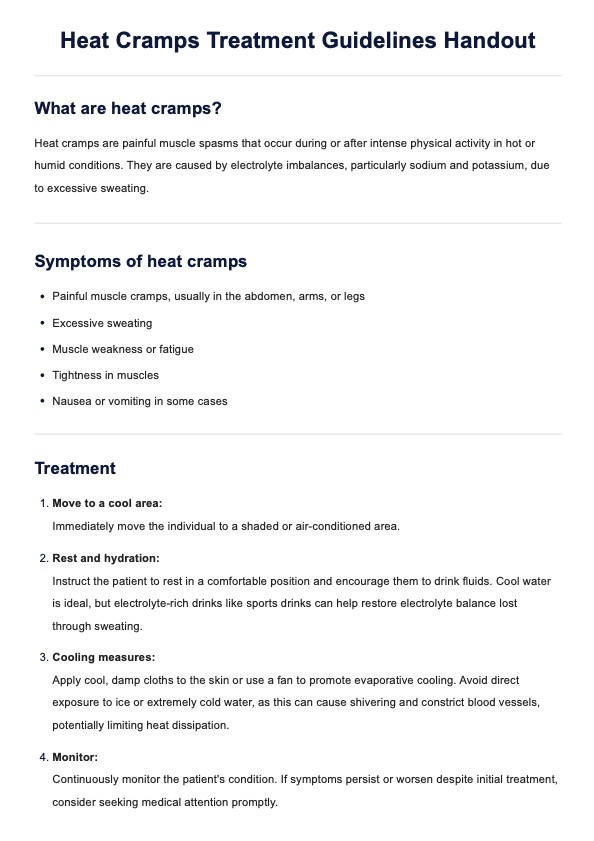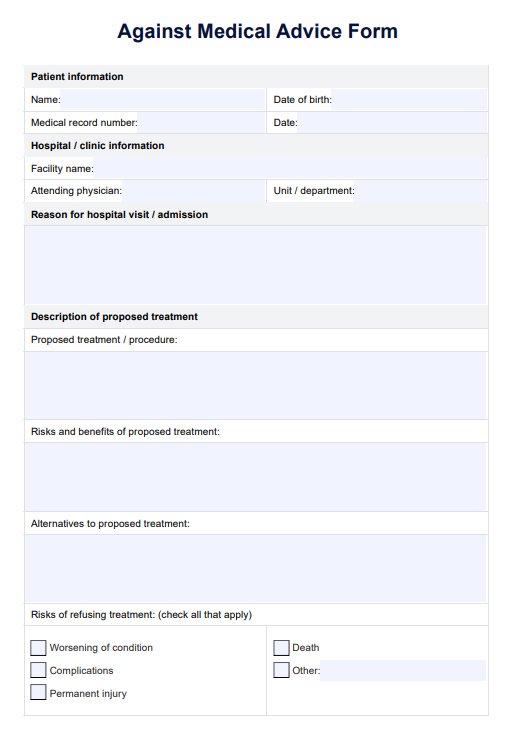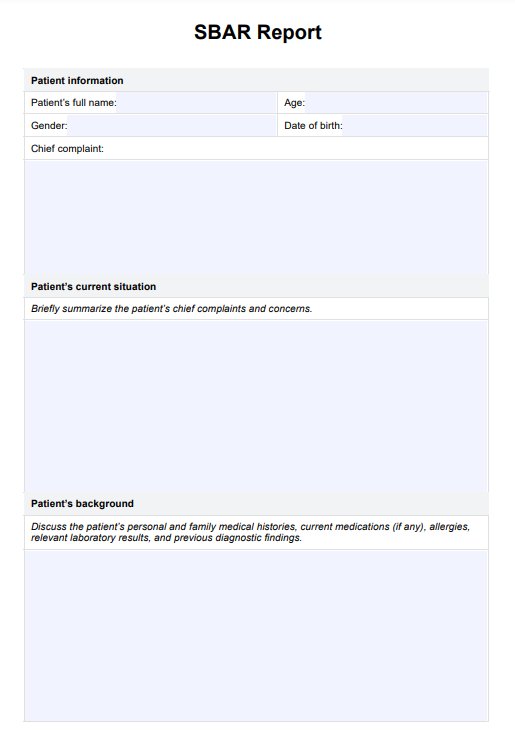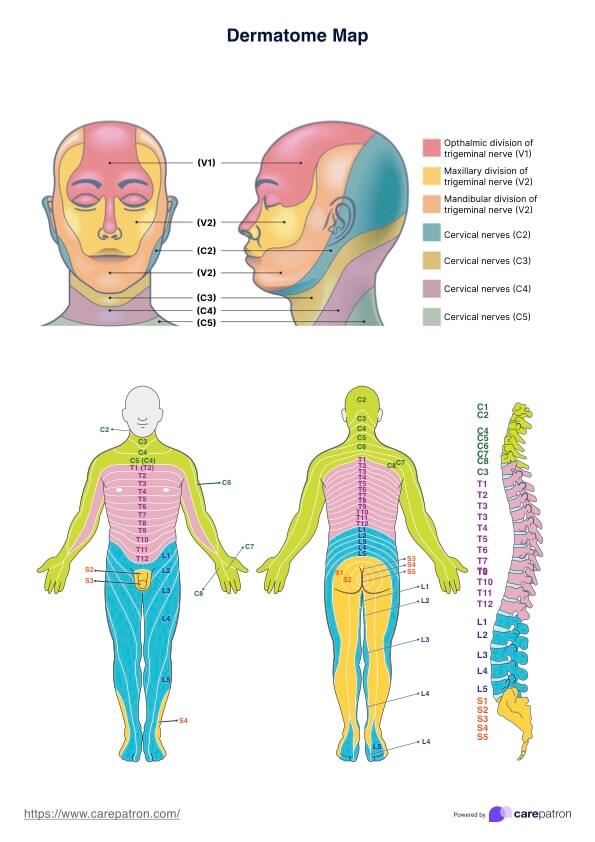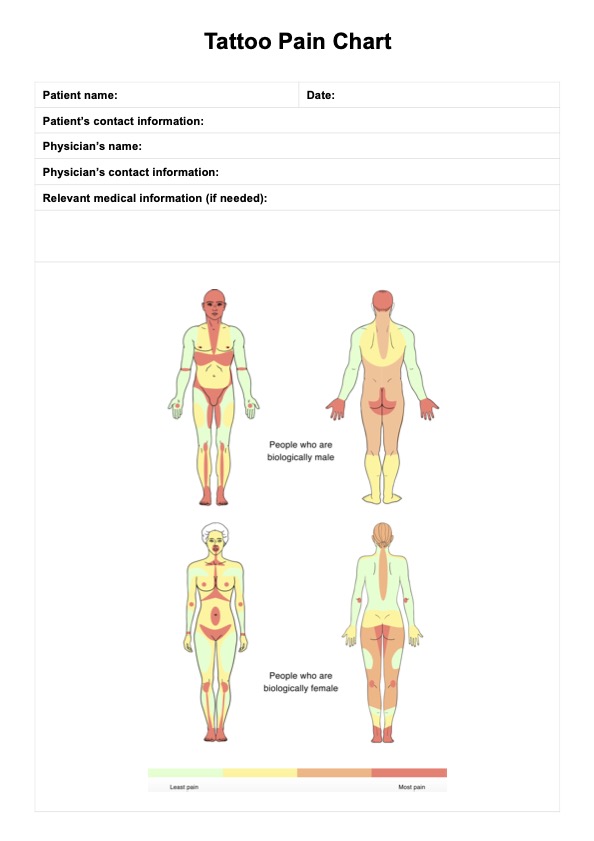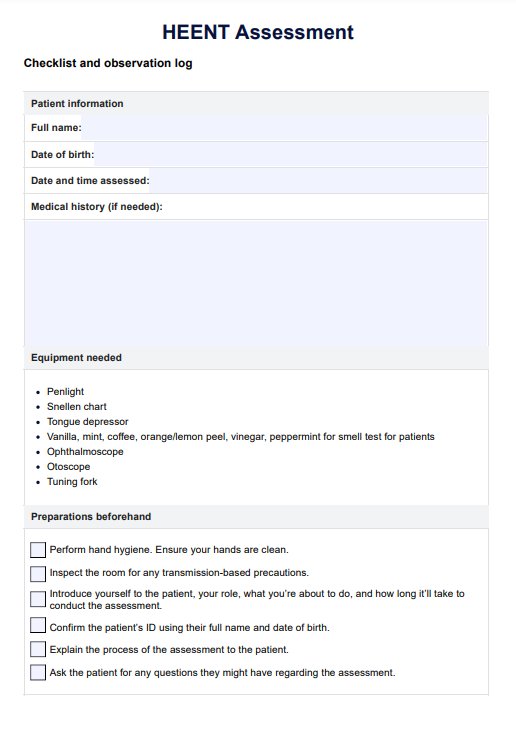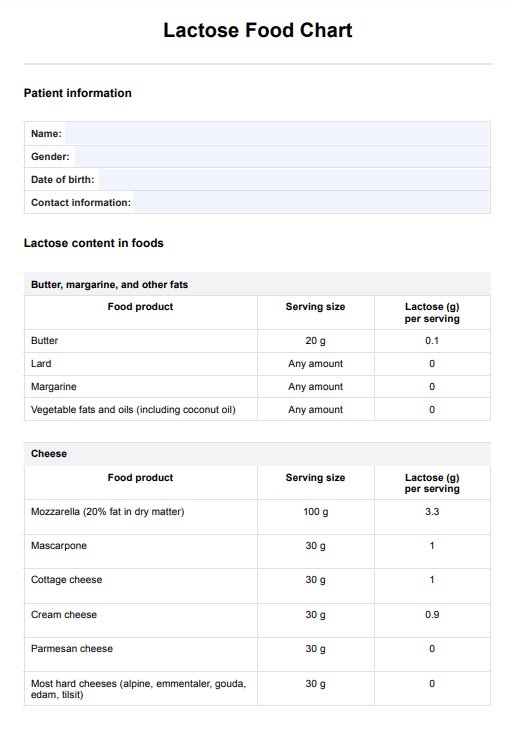Shingles Test
Discover the importance of a Shingles Test for early detection and treatment of VZV infections. Learn how this test can aid in diagnosing shingles or chickenpox.


What is a Shingles Test?
A shingles test is a crucial medical procedure designed to detect the presence of the Varicella-Zoster Virus (VZV), the causative agent for chickenpox and shingles. This diagnostic tool holds significant importance in the medical field as it enables early virus detection, paving the way for timely and effective treatment.
Early diagnosis through a shingles test can significantly mitigate the risk of severe complications such as postherpetic neuralgia, a painful condition resulting from nerve damage caused by shingles. This ailment can lead to intense nerve pain that can persist long after the shingles rash has cleared up, making early detection and treatment paramount.
The shingles test comes in various forms, each with its unique methodology. These include viral cultures, direct fluorescent antibody (DFA) tests, and polymerase chain reaction (PCR) tests. A viral culture involves collecting a sample from the rash and attempting to grow the virus in a lab.
DFA tests involve applying a fluorescent dye to a sample, which attaches to specific proteins if VZV is present. Meanwhile, PCR tests are highly sensitive and detect small amounts of VZV DNA in a sample.
Each of these tests contributes to a comprehensive understanding of the patient's condition and assists in tailoring an effective treatment plan.
Shingles Test Template
Shingles Test Example
How does the Shingles Test Work?
The execution of a shingles test, a vital tool in diagnosing the Varicella Zoster Virus (VZV), involves an intricate process. This systematic procedure consists of three pivotal steps: specimen collection, laboratory testing, and results interpretation.
Specimen Collection
The initial and one of the most crucial steps in the shingles test is the collection of the specimen. This procedure typically requires a healthcare provider to swab the fluid from the blisters characteristic of a shingles outbreak. Therefore, this sample carries potential evidence of the VZV presence and is handled with utmost care and precision.
Laboratory Analysis
Once the specimen is successfully collected, it is sent to a specialized laboratory for comprehensive analysis. In this stage, the collected sample is subjected to various scientific tests designed to detect the presence of the VZV. The type of test used can vary, including viral cultures, direct fluorescent antibody (DFA) tests, or polymerase chain reaction (PCR) tests, each offering unique strengths in detecting the virus.
Interpretation of Results
The final step in the shingles test process is interpreting the results. Upon completion of the laboratory testing, a medical professional meticulously reviews the findings. Their expert analysis will determine whether the individual tested positive or negative for the VZV, thus confirming or ruling out a diagnosis of shingles.
Our Printable Shingles Test is a valuable tool for healthcare providers, aiding in this condition's efficient and accurate diagnosis. By following this systematic procedure, healthcare providers can ensure a thorough investigation into the patient's symptoms, leading to an effective treatment plan if necessary.
When Would you use this Test?
The Shingles Test is an essential diagnostic tool used predominantly when a patient exhibits symptoms indicative of shingles. Varicella-Zoster Virus (VZV), responsible for chickenpox and shingles, tends to reactivate in shingles, typically characterized by a painful rash on one side of the body or face.
However, the symptoms of shingles can sometimes be subtle or mimic other skin conditions, making diagnosis based on clinical presentation alone challenging. In such cases, the Shingles Test becomes particularly valuable. It provides a definitive way to confirm the presence of VZV, thereby assisting in differentiating shingles from other diseases with similar symptoms like herpes simplex, impetigo, contact dermatitis, or insect bites.
Moreover, the Shingles Test is also employed when there's a need to confirm a diagnosis of shingles before initiating a treatment plan. Early detection of shingles can lead to timely administration of antiviral therapy, which can help reduce the severity and duration of the disease and lower the risk of complications such as postherpetic neuralgia.
The Shingles Test is also a critical tool for accurate diagnosis in cases where patients are immunocompromised or have severe or atypical presentations. It helps ensure these patients receive appropriate care and management promptly.
The Shingles Test is used when:
- A patient presents symptoms suggestive of shingles.
- Symptoms are unclear or resemble other skin conditions.
- There's a need to confirm a diagnosis before starting a treatment plan.
- Patients are immunocompromised or have severe or atypical disease presentations.
Remember, the decision to use the Shingles Test should always be based on a thorough clinical assessment and discussion between the healthcare provider and the patient.
What do the Results Mean?
Interpreting the results of a Shingles Test is a critical step in diagnosing and managing a Varicella-Zoster Virus (VZV) infection. The test results typically present as positive or negative, each with specific implications.
A positive result signifies an active VZV infection. This means the patient is currently infected with the virus responsible for chickenpox and shingles. Determining the patient's condition primarily depends on their medical history and symptom presentation. For example, a positive result could indicate an initial chickenpox infection if the patient hasn't had chickenpox before. Conversely, if the patient has a history of chickenpox, the positive result likely points towards a case of shingles.
On the other hand, a negative result suggests that the patient does not have an active VZV infection. This typically rules out shingles or chickenpox as the cause of the patient's symptoms. However, it's essential to note that no test is infallible. A negative result doesn't eliminate the possibility of a VZV infection, especially if the patient's symptoms strongly suggest shingles. The healthcare provider may consider retesting or further clinical evaluation in such cases.
To promote early detection and treatment of shingles, we offer Free Shingles Tests to increase access to testing, particularly for those who might otherwise be unable to afford it. By facilitating early diagnosis, they help reduce the severity and duration of the disease and lower the risk of complications.
Research & Evidence
The utility and effectiveness of Shingles Tests have been well-established through extensive research and numerous clinical trials. These tests have emerged as vital tools in diagnosing Varicella-Zoster Virus (VZV) infections, including shingles.
One study on ScienceDirect emphasized the practicality of detecting varicella-zoster viral antibodies by latex agglutination assay. This research demonstrated that those with a history of chickenpox and shingles tested positive, highlighting the test's efficiency in identifying VZV infections.
Another study from the JAMA Network focused on immune responses to varicella-zoster in older people. The study's findings suggested that the Shingles Test could accurately identify individuals with weakened immune responses to VZV, a crucial factor in managing shingles in older patients.
A report in the British Medical Journal highlighted the importance of identifying potential candidates for varicella vaccination by history. The study concluded that individuals with an uncertain history of chickenpox or shingles should be tested for VZV antibodies, supporting the use of Shingles Tests in such circumstances.
The study published in BMJ Open examined the correlation between shingles, Zostavax vaccination, and the risk of developing dementia. While the study found no association between a history of shingles and an increased dementia risk, it underscored the importance of the Shingles Test in epidemiological research and understanding disease interactions.
These studies collectively support the use of Shingles Tests in healthcare settings. Early detection of shingles through these tests can prevent complications, speed up recovery, and contribute significantly to patient management strategies. However, as with any diagnostic tool, the Shingles Test should be used with a comprehensive clinical assessment for the most accurate diagnosis.
References
- Gershon, A., Steinberg, S., Gelb, L., Galasso, G., Borkowsky, W., LaRussa, P., & Ferrara, A. (1981). Immunization of healthy adults with live attenuated varicella vaccine. JAMA, 246(17), 1912-1915. Retrieved from https://jamanetwork.com/journals/jamainternalmedicine/article-abstract/601773
- Hope-Simpson, R. E. (1965). The Nature of Herpes Zoster: A Long-Term Study and a New Hypothesis. Proceedings of the Royal Society of Medicine, 58(1), 9–20. Retrieved from https://www.sciencedirect.com/science/article/pii/S0307441298001009
- Thomas, S. L., Hall, A. J., & Harrison, R. (2004). Should varicella vaccination be targeted at children or at adults? BMJ, 329(7465), 551-553. Retrieved from https://www.bmj.com/content/329/7465/551.full-text
- Tsai, M. C., Arnold, D. L., Chuang, Y. F., Lin, C. L., Chung, W. S., & Shih, C. C. (2021). Association between herpes zoster and dementia and the effect of the zoster vaccine: a population-based cohort study. BMJ open, 11(10), e045871. Retrieved from https://bmjopen.bmj.com/content/11/10/e045871.abstract
Commonly asked questions
Healthcare providers typically request a Shingles Test when a patient presents symptoms of shingles or when there's a need to differentiate shingles from other skin conditions.
Shingles Tests are used when a patient presents symptoms of shingles, such as a painful rash on one side of the body or face.
The tests are used to detect the presence of the Varicella-Zoster Virus (VZV), which causes shingles.
The time it takes to get results from a Shingles Test can vary, but generally, results are obtained within a few days.

.jpg)

